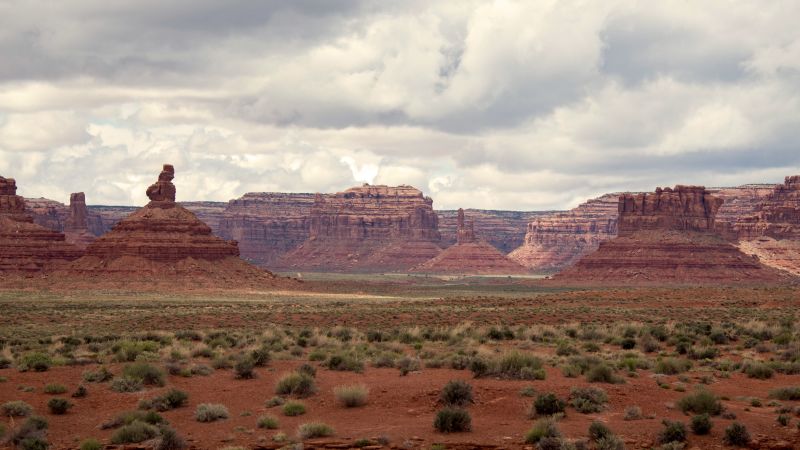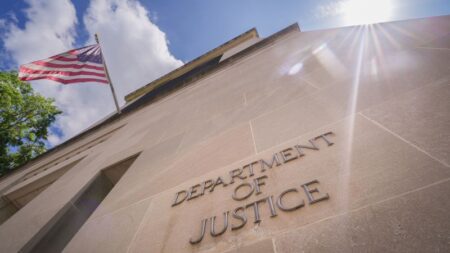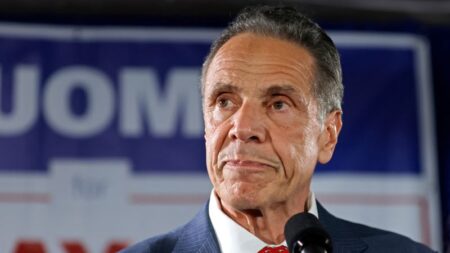In a significant legal development regarding the protection of national monuments, the U.S. Justice Department has issued a new opinion asserting that President Donald Trump holds broad authority to revoke protected land that has been designated as national monuments by prior presidents. This memorandum, dated May 27, marks a crucial pivot from longstanding interpretations of the Antiquities Act, a law that has traditionally governed the scope of presidential powers concerning the protection of national landmarks and areas of cultural and natural importance.
The recent opinion directly challenges a determination made in 1938 that effectively stated national monuments established under the Antiquities Act cannot be rescinded or removed from protection. This historical interpretation has stood for decades, serving as a safeguard for designated areas against potential exploitation or degradation. By contesting this framework, the Justice Department opens the door for a broader interpretation that may allow current and future presidents to reconsider or even negate land protections established by their predecessors.
The implications of this memo are substantial. It could provide the Trump administration the legal muscle necessary for withdrawing vast tracts of land from protected status, particularly as the administration seeks to advance fossil fuel and energy development initiatives. This includes increased activities such as oil and gas drilling, along with mining operations focused on coal and critical minerals, activities that often necessitate leveraging federal land. The rationale being set forth by the Justice Department suggests that if a president can declare his predecessor’s preservation efforts wrong, there exists no legal barrier against invalidating such designations altogether.
In the legal memo, officials point out that “For the Antiquities Act, the power to declare carries with it the power to revoke.” This assertion lays down a foundational argument that permits the current president to challenge the value previously assigned to the lands by previous administrations. Essentially, if the current president perceives a monument’s designation as detrimental or misaligned with national interests, he can pursue an agenda to revise or eliminate such protections.
The memo specifically references two national monuments in California designated by former President Joe Biden shortly before he departed from office. Trump’s administration is familiar with the act of altering monument designations; during Trump’s first term, he made headlines by significantly reducing the size of two national monuments in Utah—the Bears Ears and Grand Staircase-Escalante—and further scaled down a national marine monument situated in the Atlantic Ocean.
In response to Trump’s actions, Biden, upon assuming office, restored these areas to their original protections and further extended conservation efforts by designating or expanding a total of twelve national monuments during his term. This clash of political priorities underscores the contentious nature of conservation efforts and the management of federal land in the U.S.
The Justice Department’s legal opinion has sparked strong reactions, particularly from environmental groups who view the memo as a blatant disregard for the established protections of national monuments. Axie Navas, who serves as the designations director of conservation programs and policy at The Wilderness Society, expressed stark criticism, stating, “This opinion flies in the face of a century of interpretation of the Antiquities Act.” Navas highlighted that the American public overwhelmingly supports robust protections for public lands, actively opposing any efforts to dismantle or destroy them.
The legal opinion from the Justice Department signifies more than just a challenge to existing monument designations; it reveals broader ideological divides surrounding environmental policy, land use, and the role of the government in preserving natural resources. As this matter unfolds, the ramifications for both national politics and environmental conservation will undoubtedly continue to evolve, reflecting the complex interplay between governance, policy, and public sentiment.











